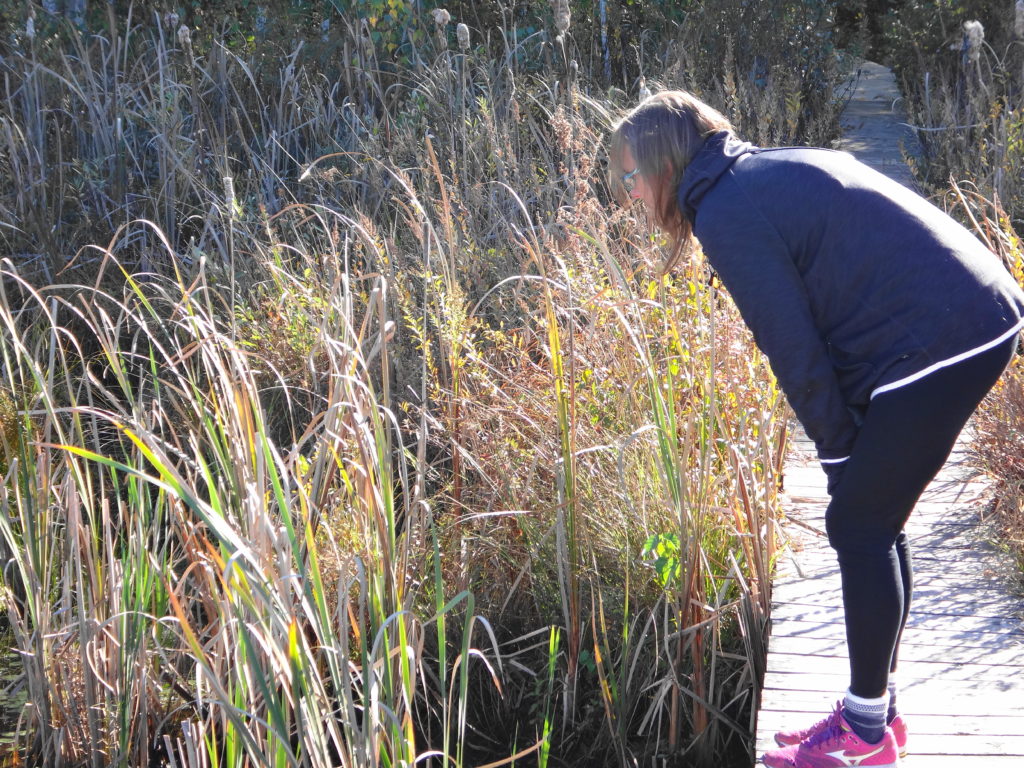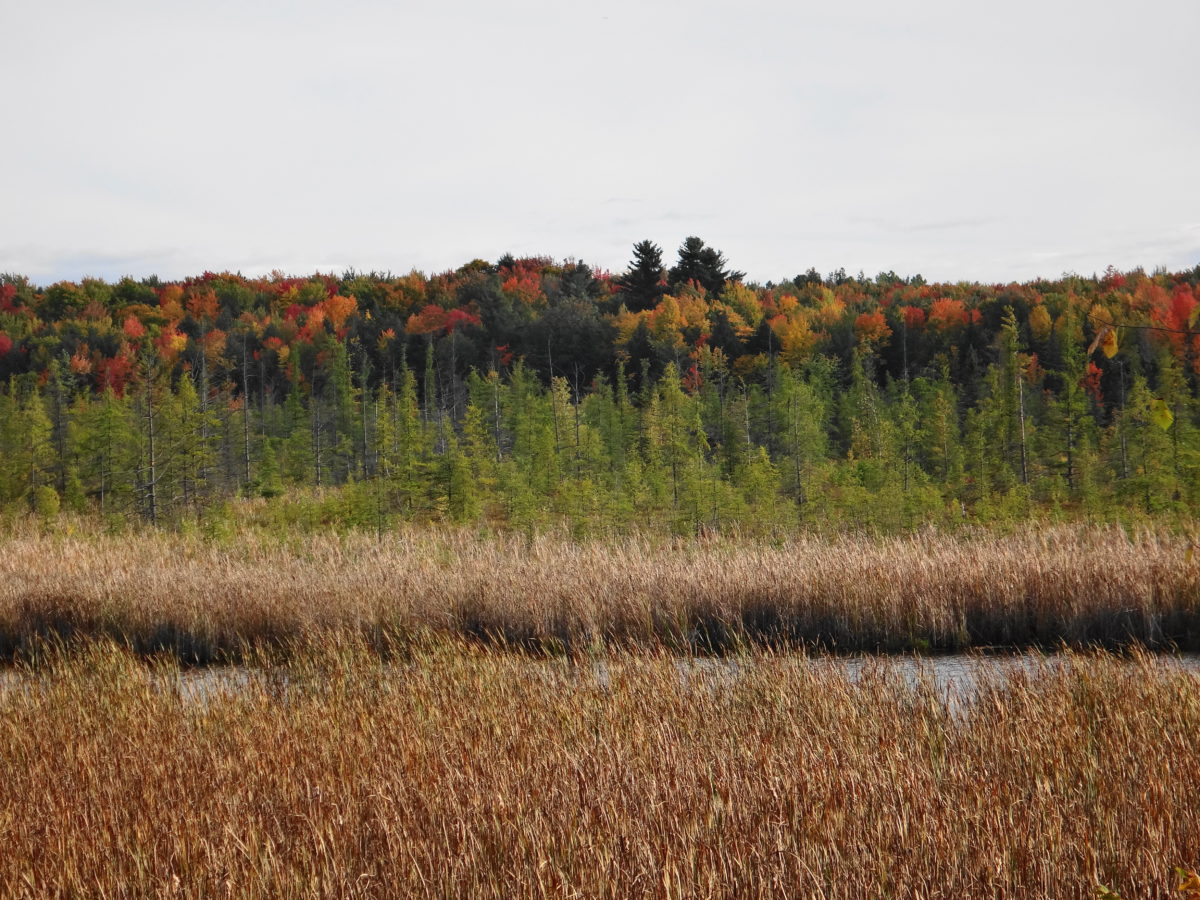South of the Canadian Shield, Ontario has very few true bogs. The two largest occur in Eastern Ontario, anchoring both ends of a 60 km long, regionally-significant, natural landscape corridor known as the Bog-to-Bog Link. At the east end of this link lies the Alfred Bog — Southern Ontario’s largest. At the west end of the link lies Mer Bleue — Southern Ontario’s second largest and, arguably, most accessible and famous.
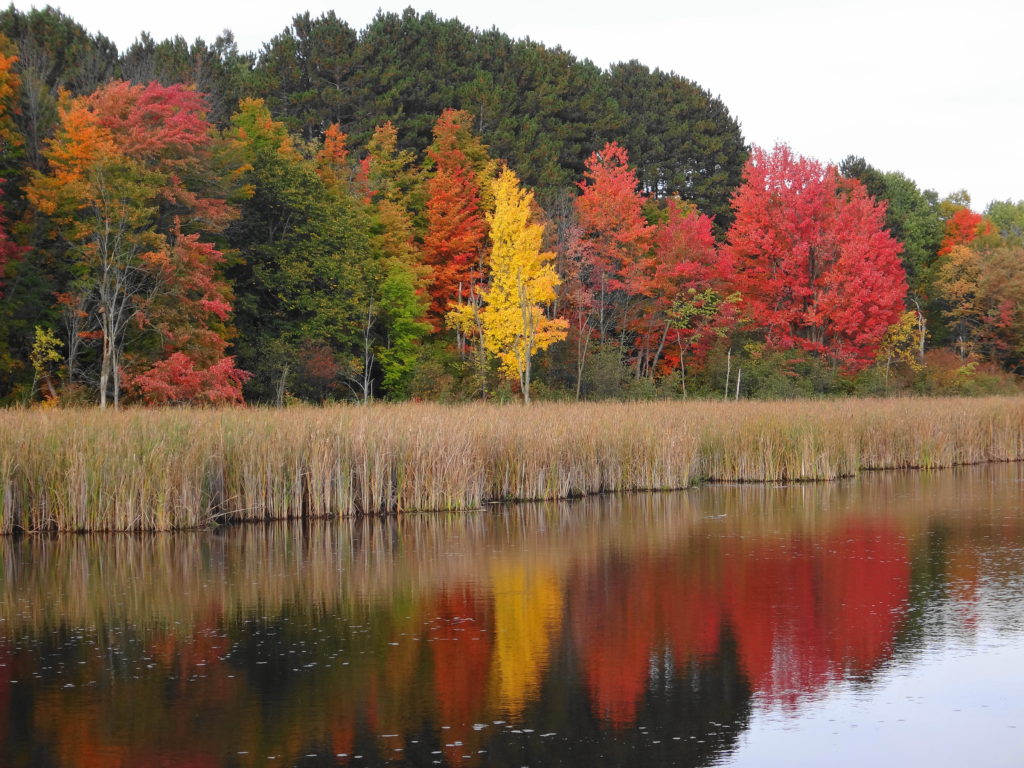
Mer Bleue occupies an old, post-glacial flow channel of the Ottawa River. Two forested ridges — immense, old river sandbars — thrust into the heart of the flat, peaty wetland. Cold, nutrient-poor groundwater seeping through the sandy ridges, along with the poor drainage of the old clay channel, creates the perfect conditions for the formation of peat, which lies almost 10 metres deep in places. Toward the centre of the wetland, the peat has built up into an almost imperceptible, low dome. Out of contact with the underlying water, most of few, hardy plant species growing in the centre of the raised peat must survive entirely on trace nutrients deposited by rain, snow and dust. One or two carnivorous species, like the pitcher plant, supplement that diet with captured insects. This reliance on aerial deposition of nutrients is what makes Mer Bleue a true bog.
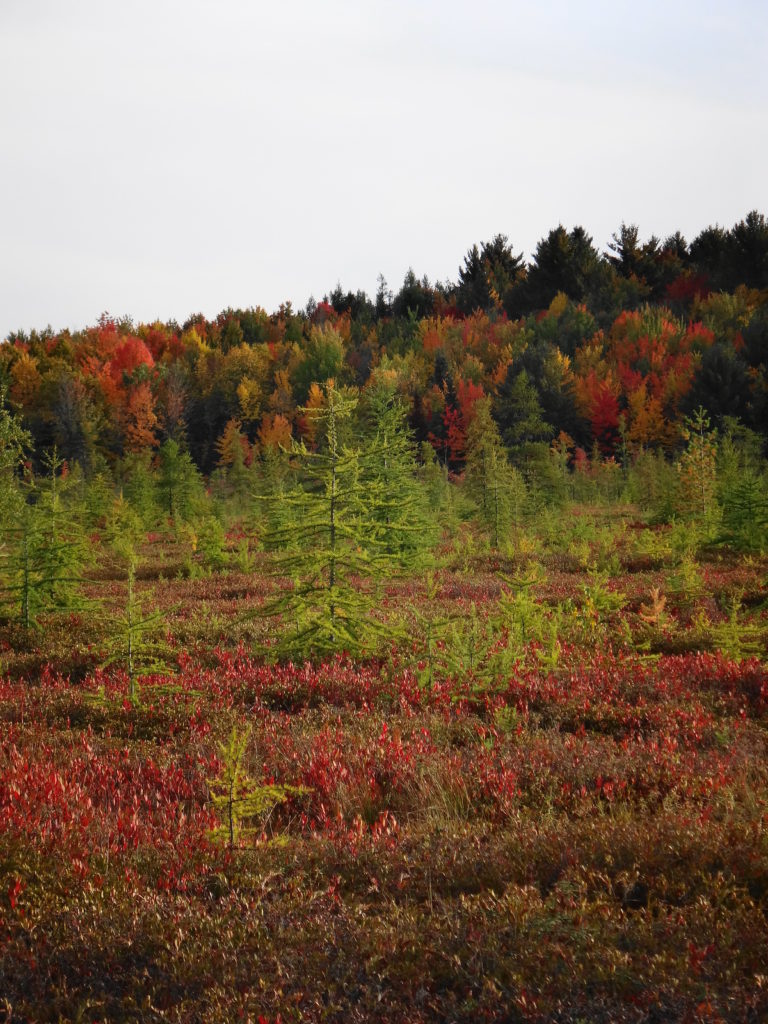
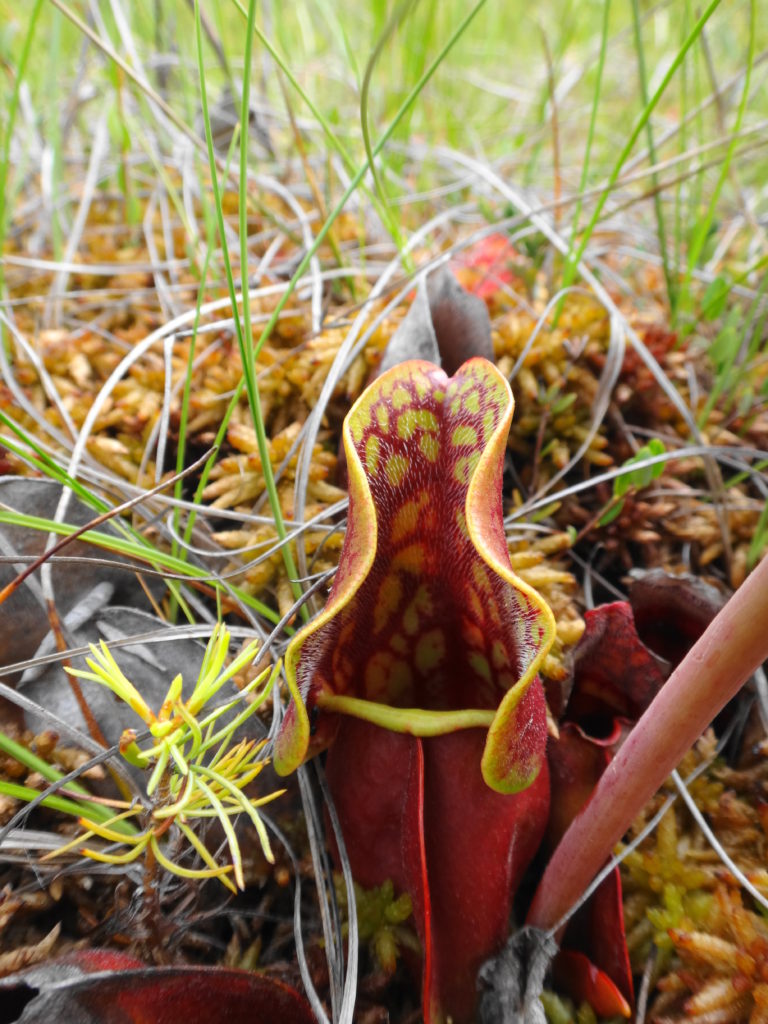
Mer Bleue welcomes visitors in any season. In the spring, the ridges attract migrating songbirds, while the watery moat along the edge of the peat mat (technically known as a “lagg”) attracts migrating waterfowl. Hawks hunt high over the ridges or low over the wetland. A dozen or so sandhill cranes stop in the area annually on their way north, with a few perhaps nesting somewhere deep within the bog. Beavers and muskrats ply the waters in the morning and evening to a chorus of frogs.
Through the summer, the shady, ridge trails provide a cool, relaxing hike. Vireos and pewees sing overhead. Ferns push up through the underbrush. Where a trail skirts the edge of a field, grey catbirds mew in a hedgerow, while a brown thrasher scolds from the treetops. Along the boardwalk, the heat of afternoon fills the air with the perfume of Labrador tea, bog rosemary, bog laurel, and leatherleaf. The scent of a few tamarack needles rubbed between the palms calls forth old memories.

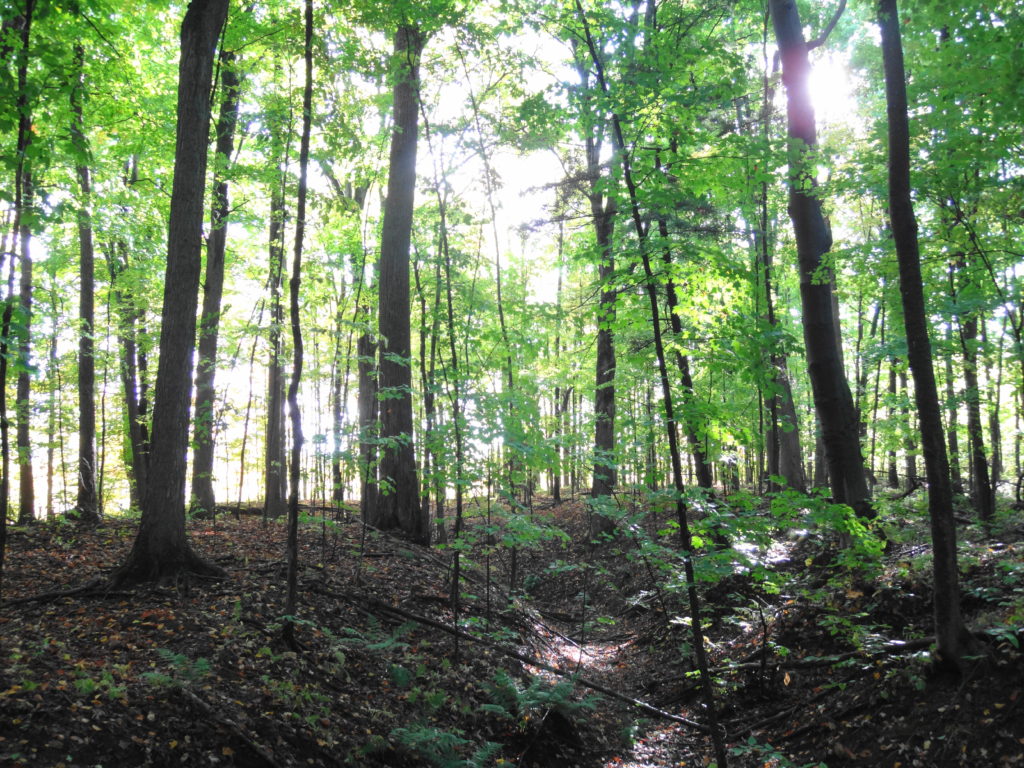
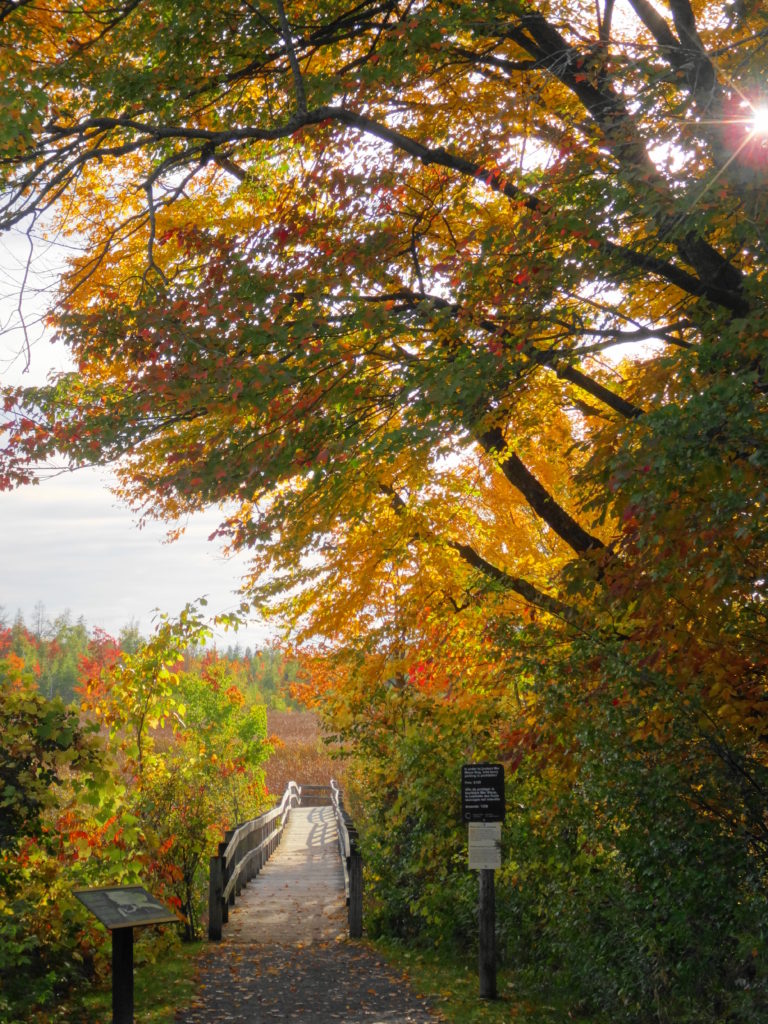
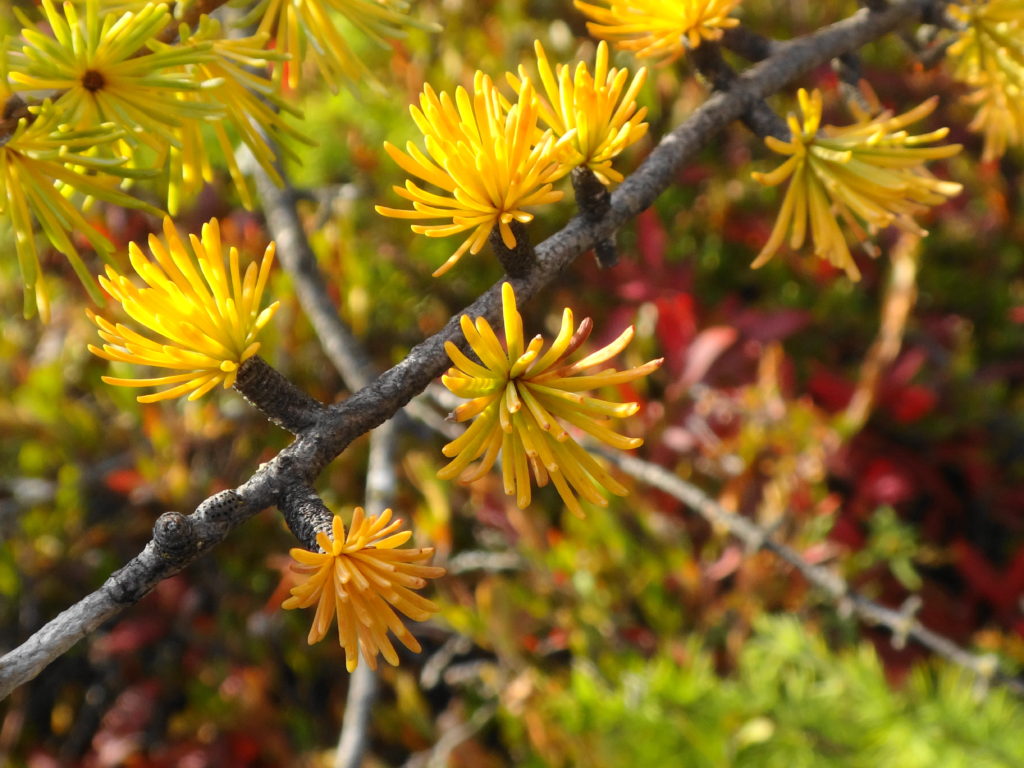
In autumn, the contrast of vegetation communities makes Mer Bleue one of the best places at which to enjoy the fall colours. The bog turns a deep red, accented by the paling tamarack. Red and gold maples line the edge of the ridges, brilliant against backgrounds of pine and spruce. Variegated thickets of young birch stems support an awning of yellow leaves. The forest floor rustles with life, as squirrels, thrushes, sparrows and other creatures prepare for the long winter. Flocks of blackbirds and starlings pass noisily overhead, while strings of geese call plaintively in the distance.

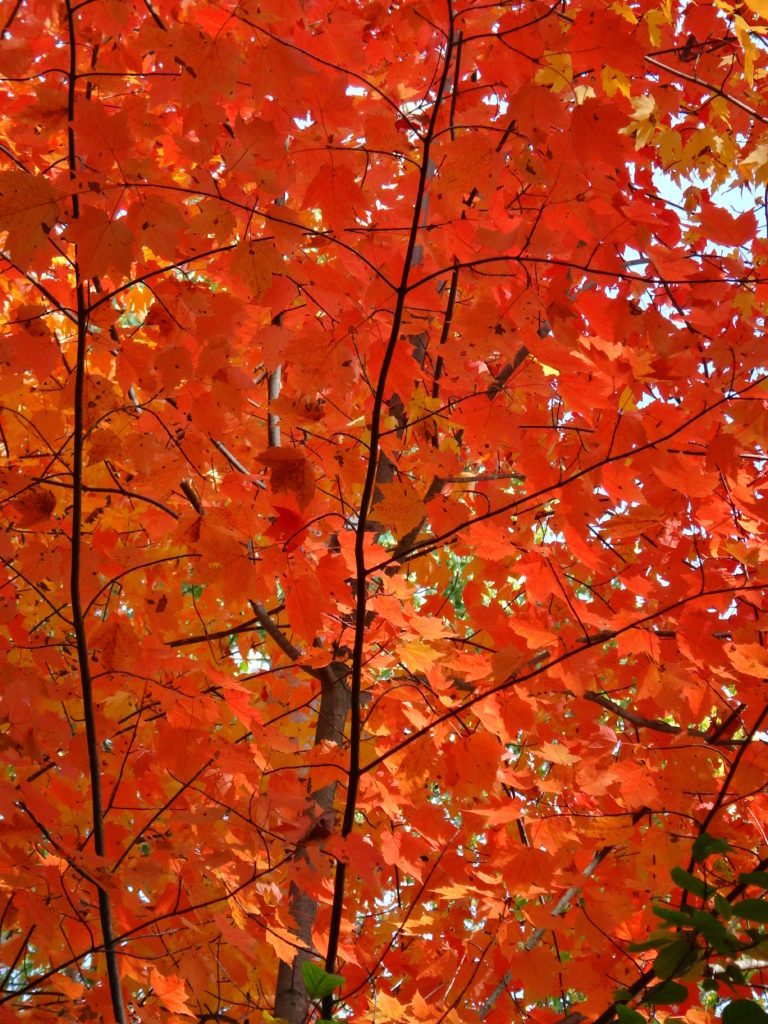

In winter, well-stocked bird feeders guarantee that the bright chatter of chickadees, nuthatches, woodpeckers and finches will greet visitors at every trailhead. Animal tracks criss-cross the trails: squirrels, snowshoe hares, mice and voles, coyotes, weasels, deer, and even moose. Those hoping to lay down their own tracks in fresh snow will need to rise early. Later in the day, when the parking lots begin to fill with visitors, the compacted trails provide an easy walk in the woods or out onto the boardwalk.
The NCC does not provide heated shelters or warm-up huts at Mer Bleue, so winter visitors should dress appropriately. The boardwalk, in particular, lies exposed to the wind, which blows unhindered across the bog. At those times, frostbite becomes a real risk. On calm days, however, particularly those brilliant blue days of January and February, when a frigid Arctic high sits over the City and the snow squeaks underfoot, the moisture rising from the peat will sometimes crystallize in a delicate, morning hoarfrost on the bog, sparkling in the sunlight. On those mornings, one hardly feels the cold.
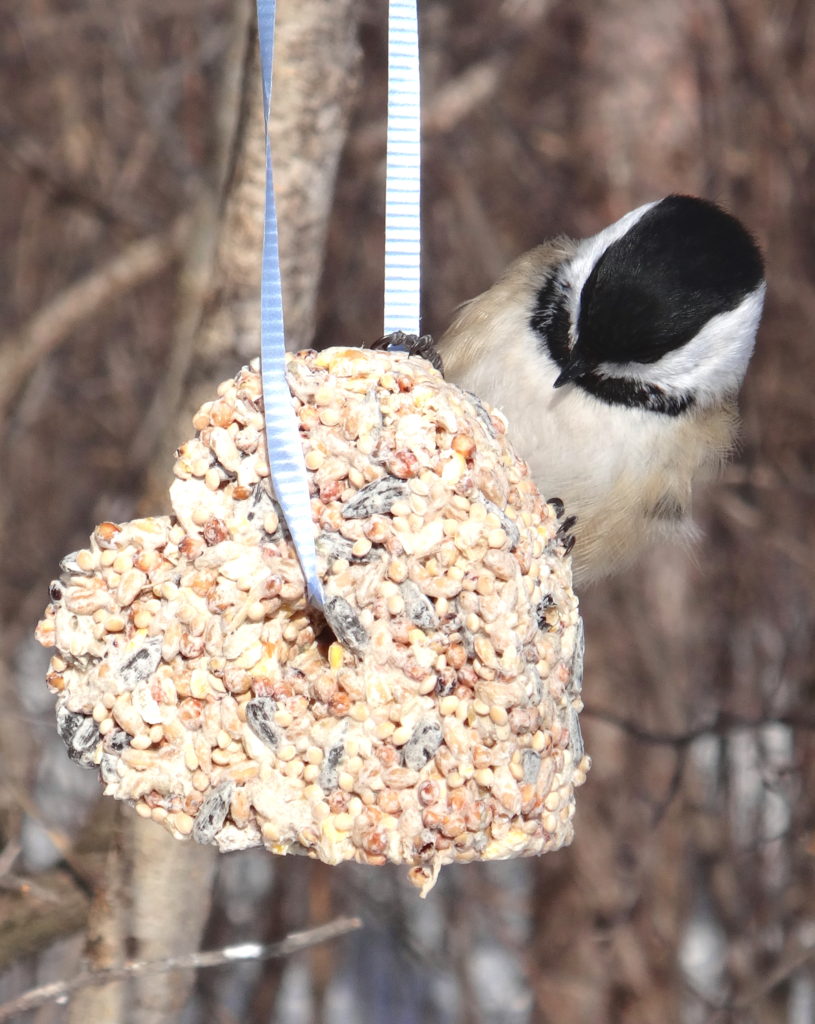

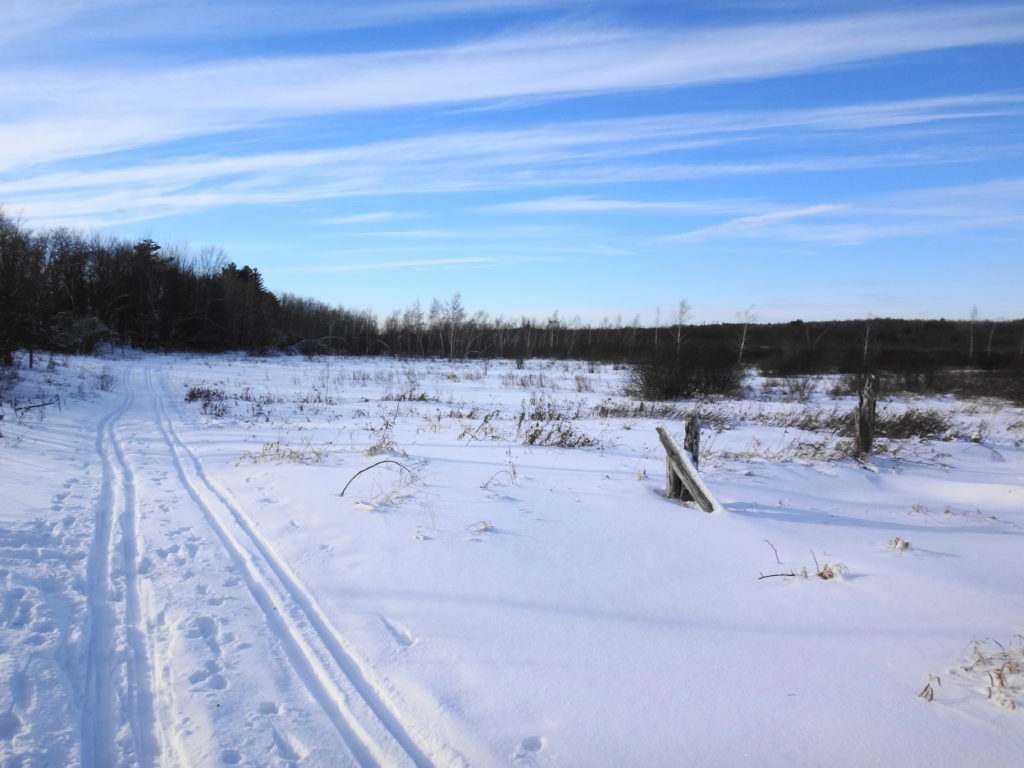
Mer Bleue lies only fifteen minutes from Parliament Hill and just five minutes off Highway 417 — the Trans-Canada Highway (http://www.ncc-ccn.gc.ca/places-to-visit/greenbelt/mer-bleue). Every trailhead has a small parking area, where visitors will find basic outhouses. There is no charge for parking or use of the area.
Visitors should remember that the international community has recognized Mer Bleue as a globally significant wetland under the Ramsar Convention (www.ramsar.org). Please stay on the trails and the boardwalk. The bog may look inviting, but it is both delicate and hazardous. A stray footstep can destroy decades of painstakingly slow plant growth or lead to a fatal plunge through the mat into the tannic waters below. Such a plunge would lead to an immortality of sorts, as the tannins of the bog preserved and slowly transformed the unwary soul into a leathery mummy. However, such immortality would be unappreciated both by the victim, the victim’s family, and posterity. Take a photograph instead.
